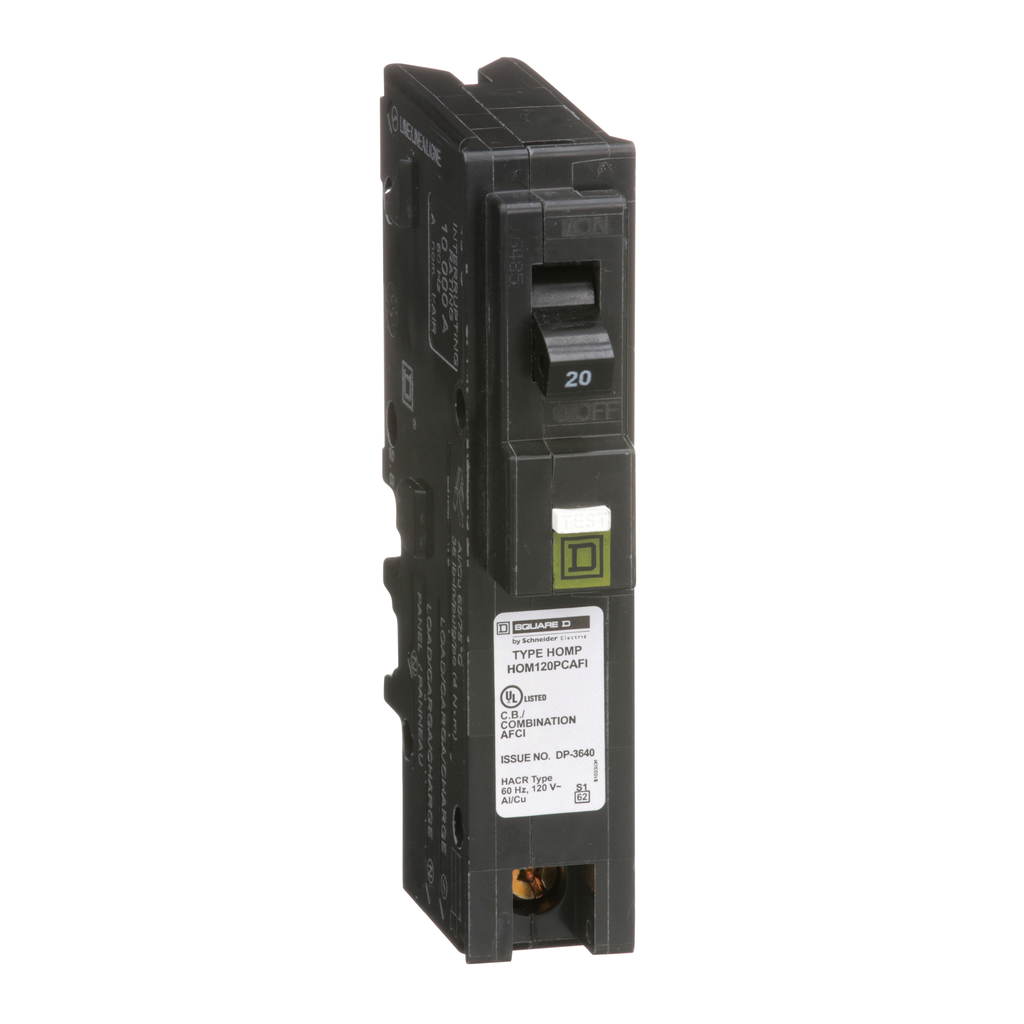Are There Different Types Of Square D Breakers

Imagine standing in front of your electrical panel, a symphony of colored switches and labels. You're about to flip a breaker, and suddenly, a wave of curiosity washes over you. Are all these breakers the same? Especially those bearing the familiar, robust name of Square D?
This isn't just a casual thought for the homeowner; understanding the nuances of circuit breakers, specifically those from Square D, can be crucial for safety, efficiency, and proper electrical system maintenance. While they all share the core function of protecting your circuits from overloads and short circuits, Square D breakers come in a variety of types, each designed for specific applications and equipped with unique features.
A Deeper Dive into Square D Breakers
Square D, a brand of Schneider Electric, has a long-standing reputation for quality and reliability in electrical distribution and control. Their circuit breakers are a staple in residential, commercial, and industrial settings. But the world of Square D breakers isn't a monolithic one; it's a diverse landscape shaped by evolving technology and specific safety needs.
One of the most common distinctions lies in amperage. Breakers are rated for the maximum current they can handle before tripping. These range from 15-amp breakers used for lighting circuits to higher amperage breakers for appliances like stoves and air conditioners.
Types of Square D Breakers
Beyond amperage, several key types of Square D breakers exist. Each offers distinct features and protections.
Standard Molded Case Circuit Breakers (MCCB): These are the workhorses, found in most residential and commercial panels. They're designed to protect against overloads and short circuits. They come in single, double, and triple pole configurations.
Ground Fault Circuit Interrupters (GFCI): These sensitive breakers are designed to protect against ground faults, which can cause electrical shock. They are mandated in bathrooms, kitchens, and outdoor areas where moisture is present.
Arc Fault Circuit Interrupters (AFCI): AFCIs detect dangerous arcing faults, a leading cause of electrical fires. They are designed to trip when they sense unintentional electrical arcs in a circuit. These are now required in many new construction projects for specific circuits.
Miniature Circuit Breakers (MCB): MCBs are often used in industrial control panels and offer a compact design. They provide reliable overload and short circuit protection.
High Current Circuit Breakers: These are used in industrial applications, where high current loads and voltage levels must be managed. Their design and construction are robust.
Furthermore, Square D offers various series and product lines within each type, such as the QO and Homeline series. These lines cater to specific installation requirements and performance levels.
Why Understanding the Differences Matters
Selecting the correct Square D breaker is paramount for safety and performance. Using an incorrectly sized or inappropriate breaker can lead to nuisance tripping, leaving you in the dark or worse, compromising the safety of your electrical system.
Overloading a circuit protected by an undersized breaker can cause the breaker to trip frequently. Conversely, using a breaker with too high an amperage rating can allow excessive current to flow, potentially leading to overheating and fires.
Consulting with a qualified electrician is crucial. They can assess your electrical needs and recommend the appropriate Square D breakers for your specific application.
The Future of Circuit Protection
The evolution of Square D breakers continues with the integration of smart technology. Some models now offer remote monitoring and control capabilities, allowing users to track energy usage and receive alerts for potential problems.
This shift towards smart breakers signifies a new era of proactive electrical safety and energy management.
So, the next time you glance at your electrical panel, remember that those Square D breakers are more than just simple switches. They are sophisticated safety devices, each playing a vital role in protecting your home, business, and family from electrical hazards. Choose wisely and consult the experts.
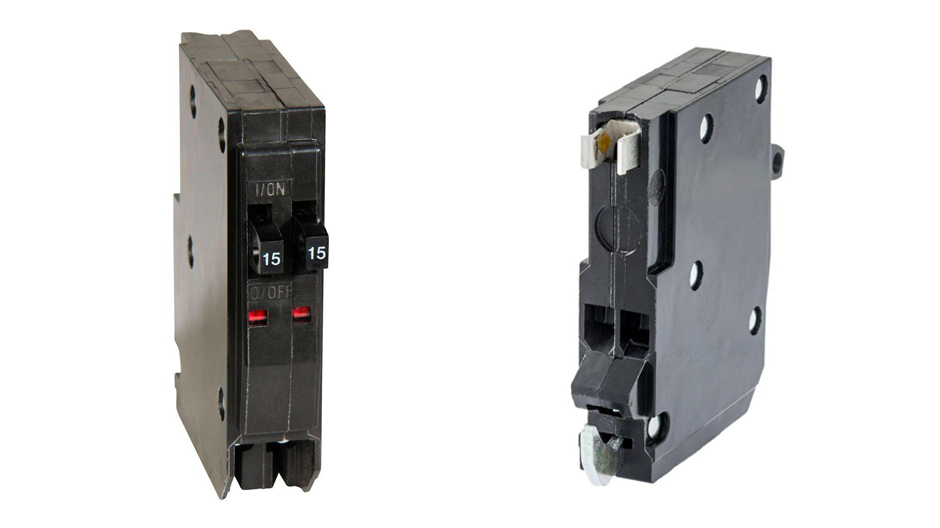

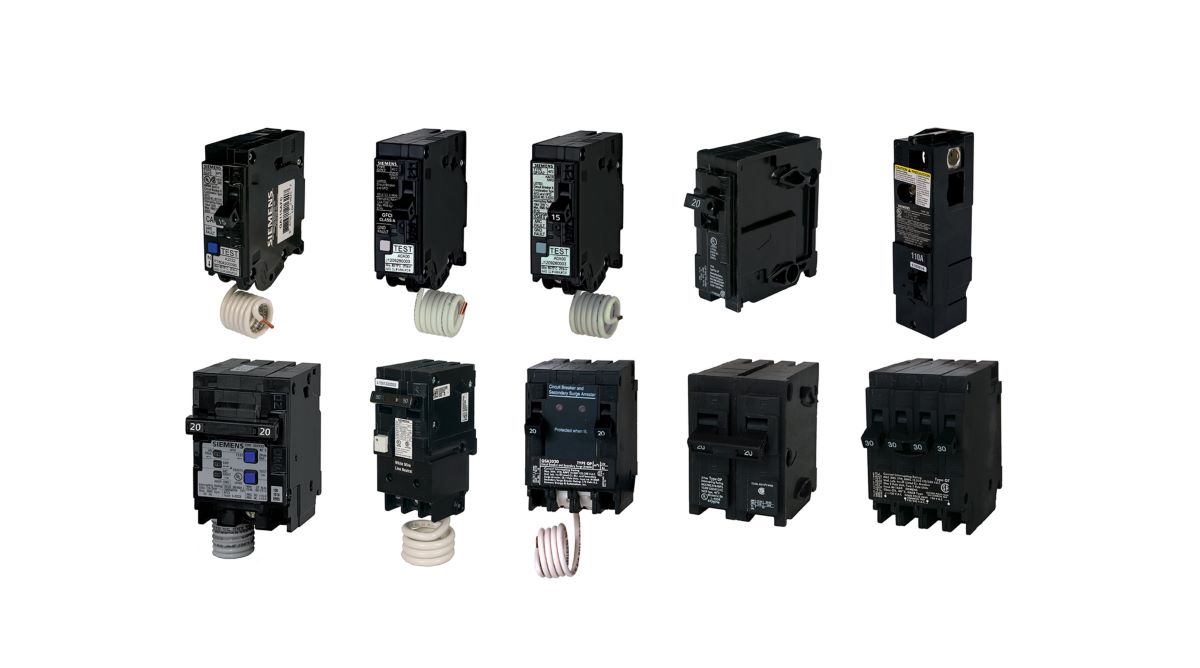
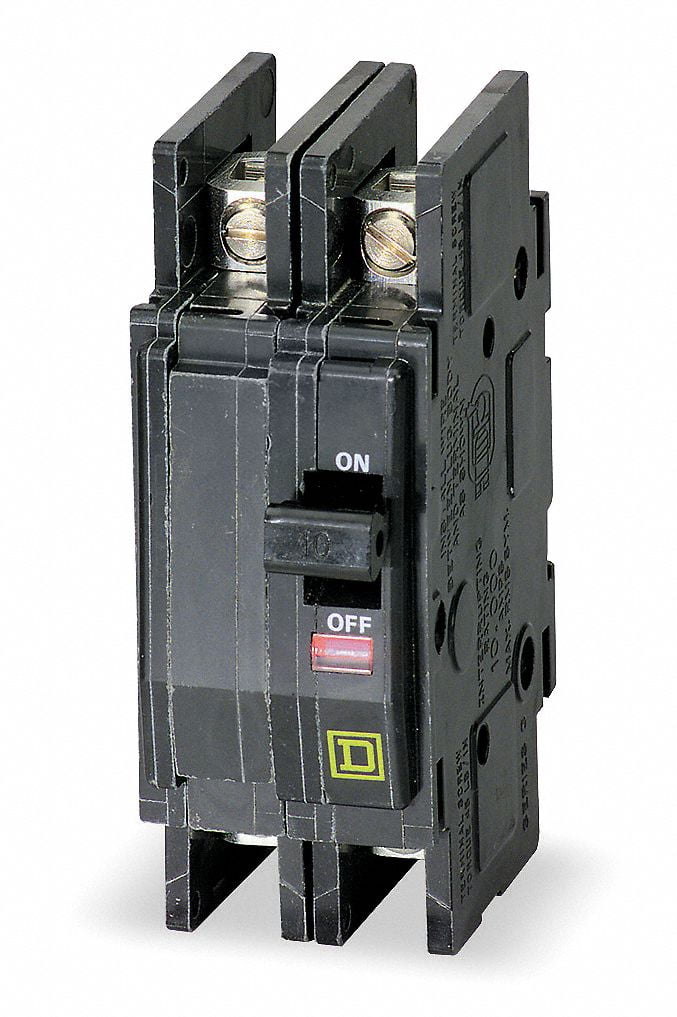

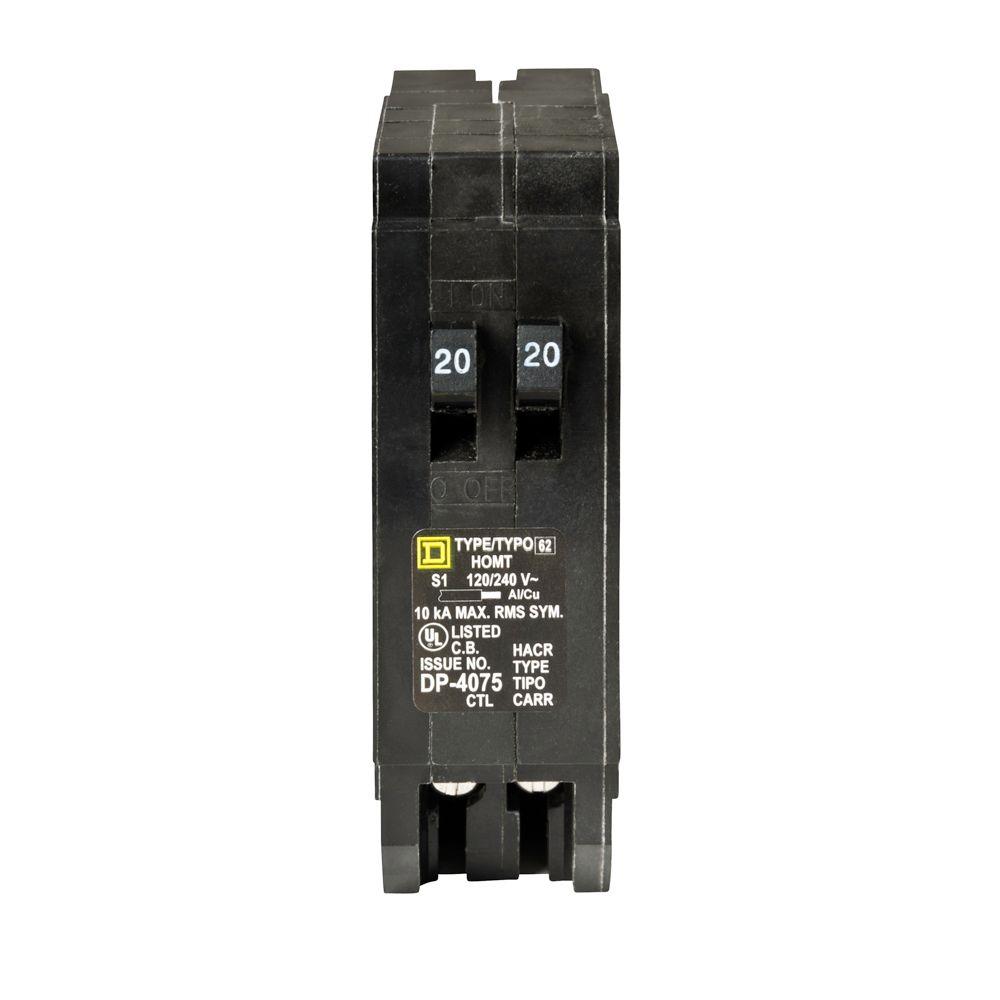
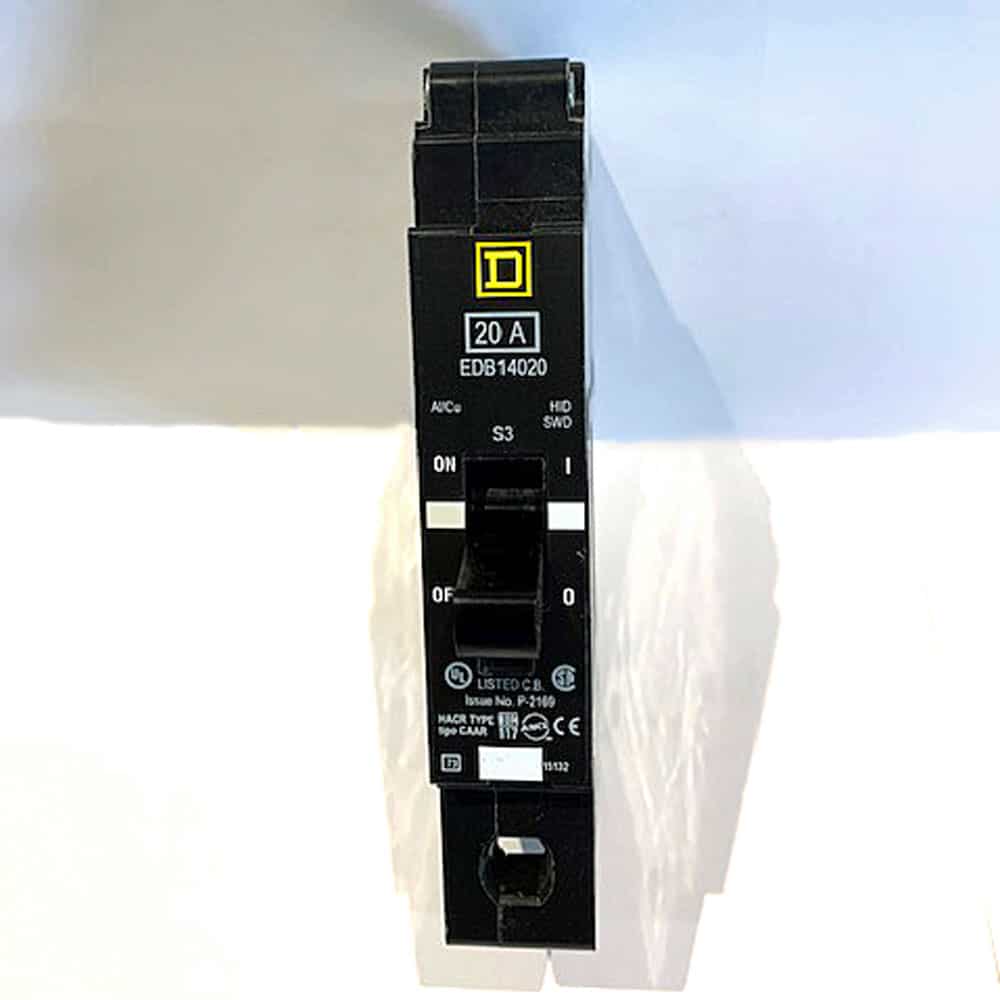
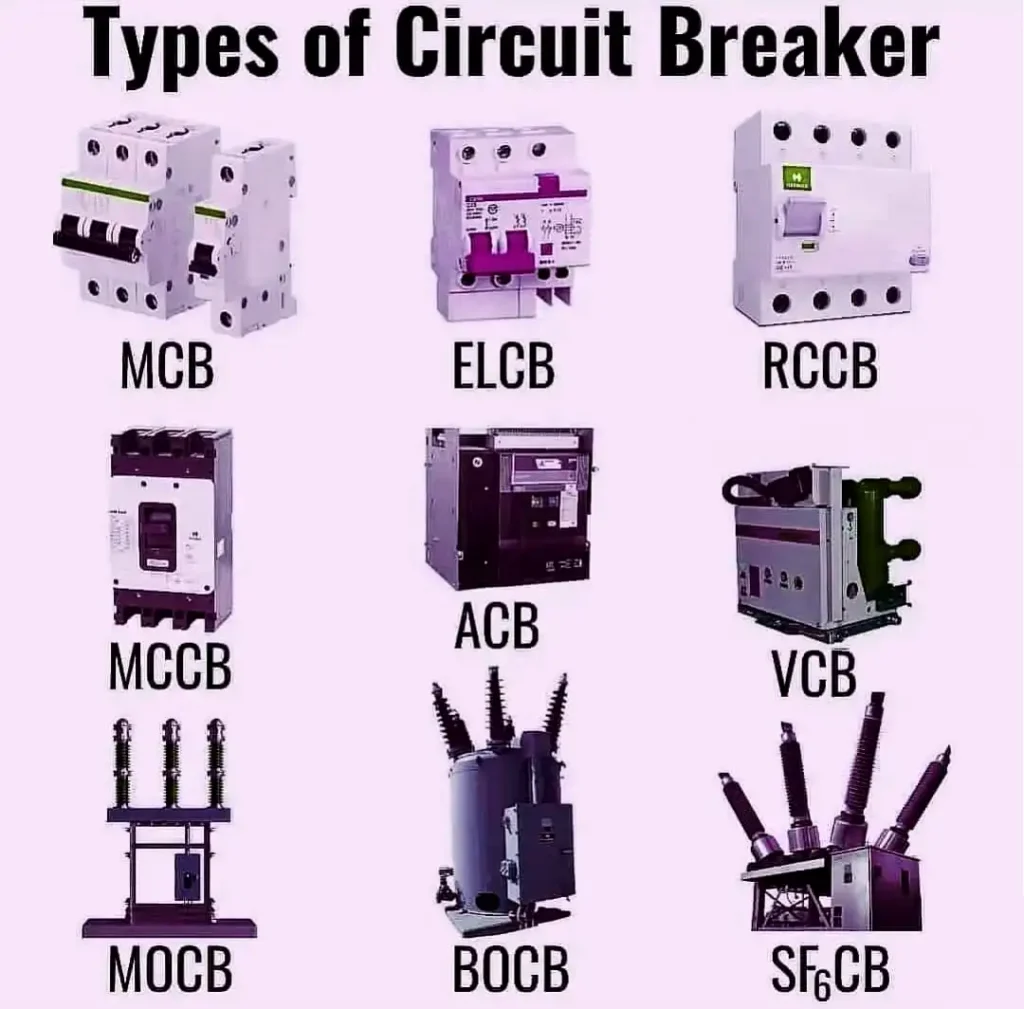

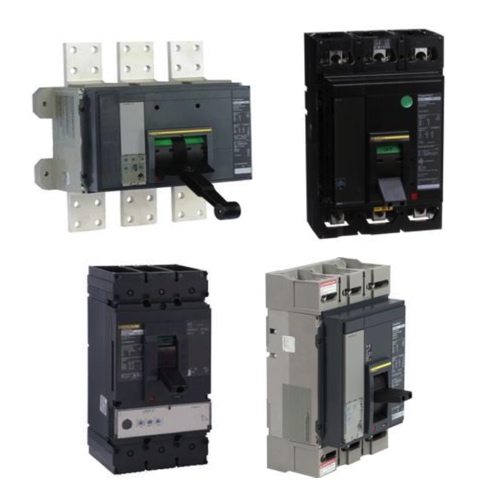
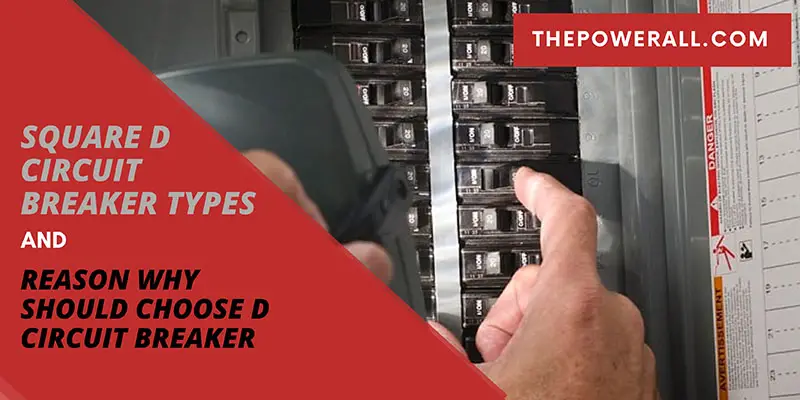



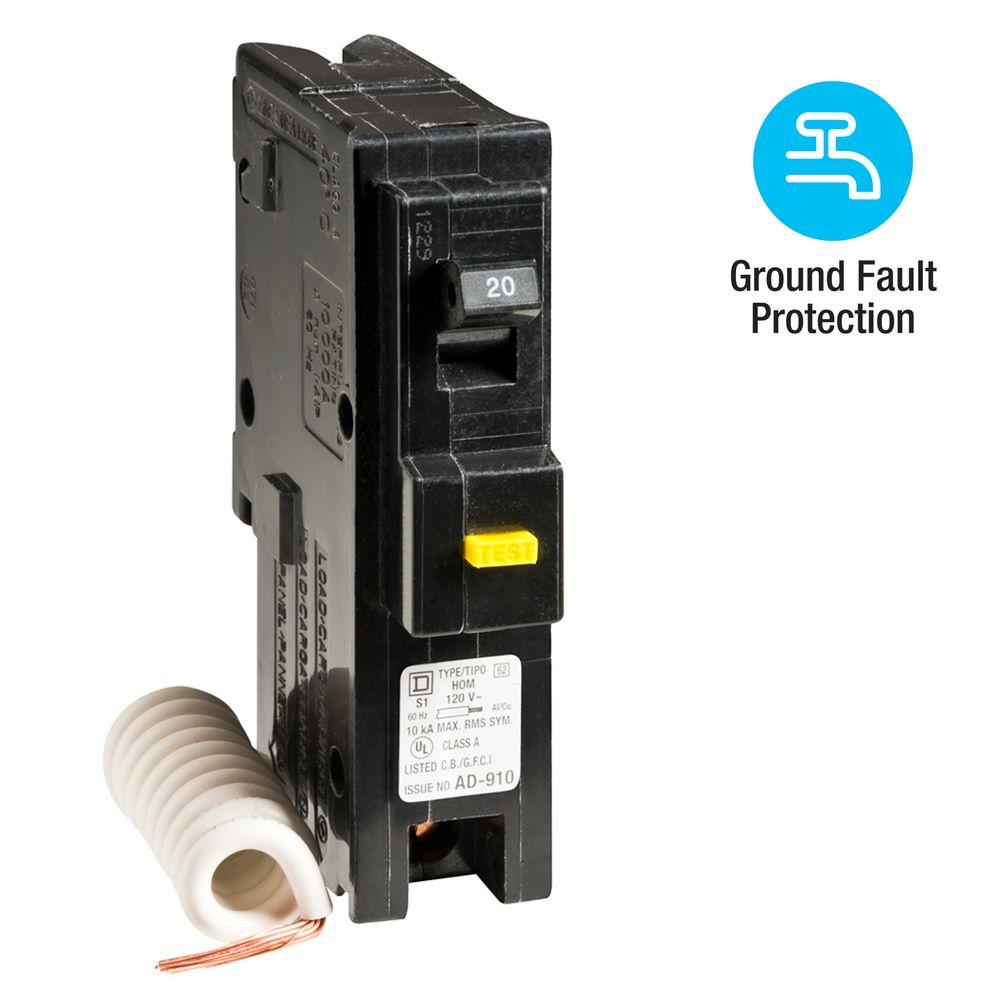
![Are There Different Types Of Square D Breakers Different Types of Circuit Breakers: Working & Applications [PDF]](https://www.theengineerspost.com/wp-content/uploads/2022/05/Types-of-Circuit-Breakers.jpg)
